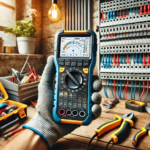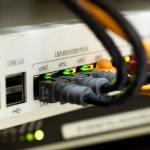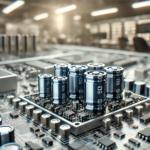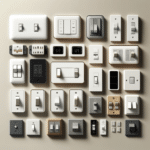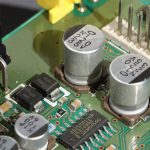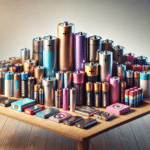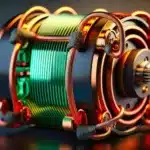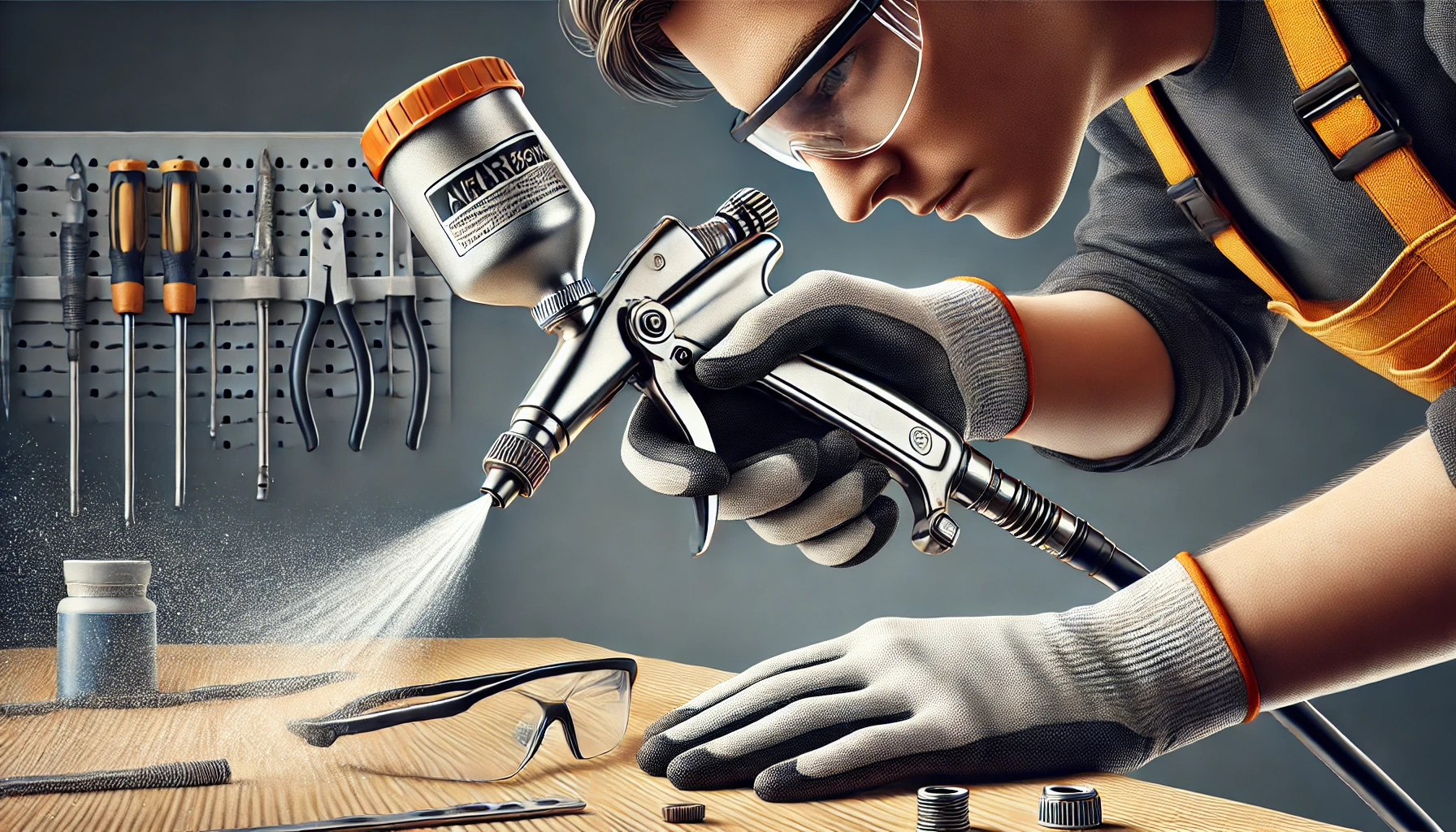
Introduction
Air blow guns are powerful tools for clearing dust and debris in various settings; however, improper handling and misuse of these cleaning tools can lead to injuries and even equipment damage. Therefore, understanding the proper handling and use of blow guns is critical to leveraging their effectiveness while prioritising safety. This document illustrates how to use these pneumatic tools effectively, highlighting essential guidelines, best practices, and techniques.
Understanding Air Blow Guns: Definition and Types
Air blow guns, also called pneumatic blow guns or blow guns, are powerful cleaning tools that use compressed, directed air to clean surfaces, dry parts, or move materials in various applications. These devices deliver a powerful punch to clean debris, dust, and fluids from multiple surfaces, machinery, and other equipment, maintaining a clean environment. An air blow gun is a highly efficient, cost-effective, and versatile tool to clean your garage, workshop, automotive shops, manufacturing floor, and other equipment in domestic and industrial facilities.
Blowguns are categorised by their body styles, nozzle types, and materials. Common types include standard trigger-operated, extended nozzle, safety tip, plastic and metal blow guns, and specialty blow gun models. Each type suits different tasks, with variations designed to reach into tight spaces or reduce noise and energy consumption.
Key Components and Functionality of Blow Guns
A typical compressed air gun consists of a housing (body), nozzle, and trigger. The body connects to an air compressor hose, which supplies the compressed air. When the trigger is pulled, it opens a valve, allowing the compressed air to escape through the nozzle, creating a powerful, directed stream of air.
Safety First: Using Essential PPE (Personal Protective Equipment)
When using an air blow gun, it is important to follow safety precautions. Always wear suitable PPE to prevent any injury. Use the following safety equipment for safe and effective cleaning:
- Safety Glasses or Goggles: Debris propelled by the air stream can cause eye injuries. However, goggles with indirect ventilation can prevent dust and particles from entering.
- Ear Protection: Constant air blasts can damage hearing. Opt for earplugs or earmuffs to dampen noise levels.
- Respiratory Protection: Blowing dust and debris can irritate the lungs. A respirator with proper filtration is vital, especially when dealing with fine particles.
- Gloves: Safety gloves can protect your hands from flying debris and potential contact with cold compressed air, which can cause burns.
Best Practices for Handling and Using Blow Guns: Exploring Expert Tips
Blow guns, similar to a blow torch gun, require proper handling for effective and safe operation. Some of the best strategies include:
- Select the Right Blow Gun: Choose an appropriate air blower gun for the application, considering factors like operating pressure, nozzle type, and material compatibility. Different tasks may require different blow guns, such as those with rubber tips for delicate surfaces or extended nozzles for hard-to-reach areas.
- Inspect Regularly: Before each use, inspect the blow gun for any damage, such as cracks or worn seals. Make sure all connections are well-secured to avoid leaks or disconnections under pressure.
- Use Proper Pressure: Always adhere to the manufacturer’s recommended pressure settings. Exceeding these can damage the blow gun and pose a safety risk. Using a regulator can help maintain consistent, safe pressure levels.
- Keep a Safe Distance: When using the blow gun, keep a safe distance from the target area. Never point the compressed air gun at yourself or another person, even if it is disconnected from the air supply.
- Use in Well-Ventilated Areas: When blowing off dust or chemical residues, ensure the area is well-ventilated to avoid inhalation of potentially harmful particles.
- Avoid Modifications: Do not modify the blow gun or use it with incompatible nozzles or attachments. Always use the manufacturers approved attachments to avoid compromise on safety and functionality.
- Proper Storage: After use, disconnect the blow gun from the air supply and store it in a clean, dry place. Proper storage helps prevent the accumulation of dust and moisture, which can damage the internal components.
- Training and Awareness: Ensure that anyone using an air blower gun is properly trained in its safe and effective use. Awareness of the tool’s capabilities and limitations is crucial for preventing accidents.
- Routine Maintenance: Regular maintenance, such as checking for air leaks and replacing worn parts, will extend the tool’s life and ensure it remains safe to use.
Takeaway
Air blow guns, though small, are powerful tools essential in various industries and home projects. Proper handling, maintenance, and safety practices are crucial for efficient and effective operation. By implementing the best practices and guidelines outlined in this article, you can ensure your blow guns remain a reliable and effective tool for years to come.







